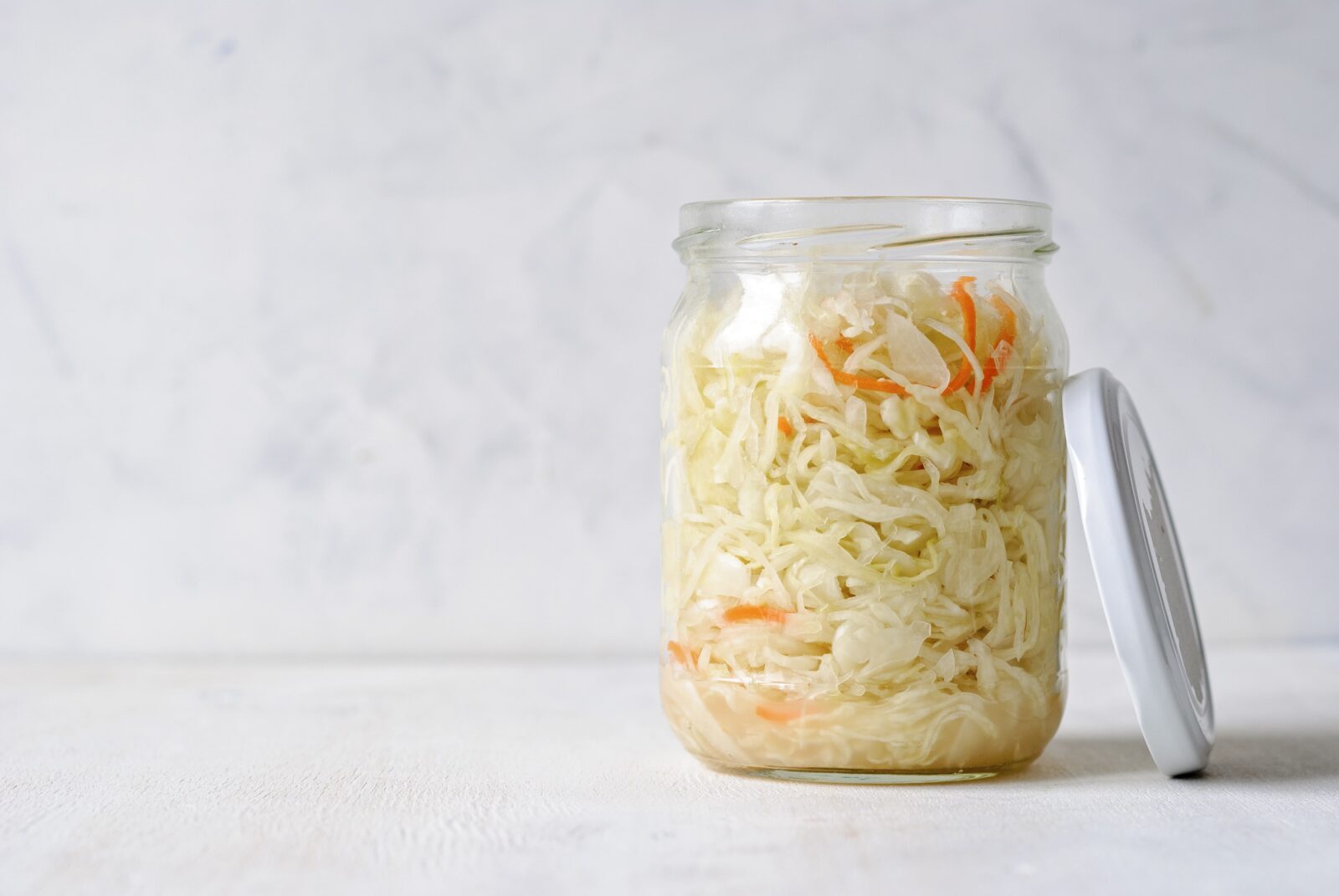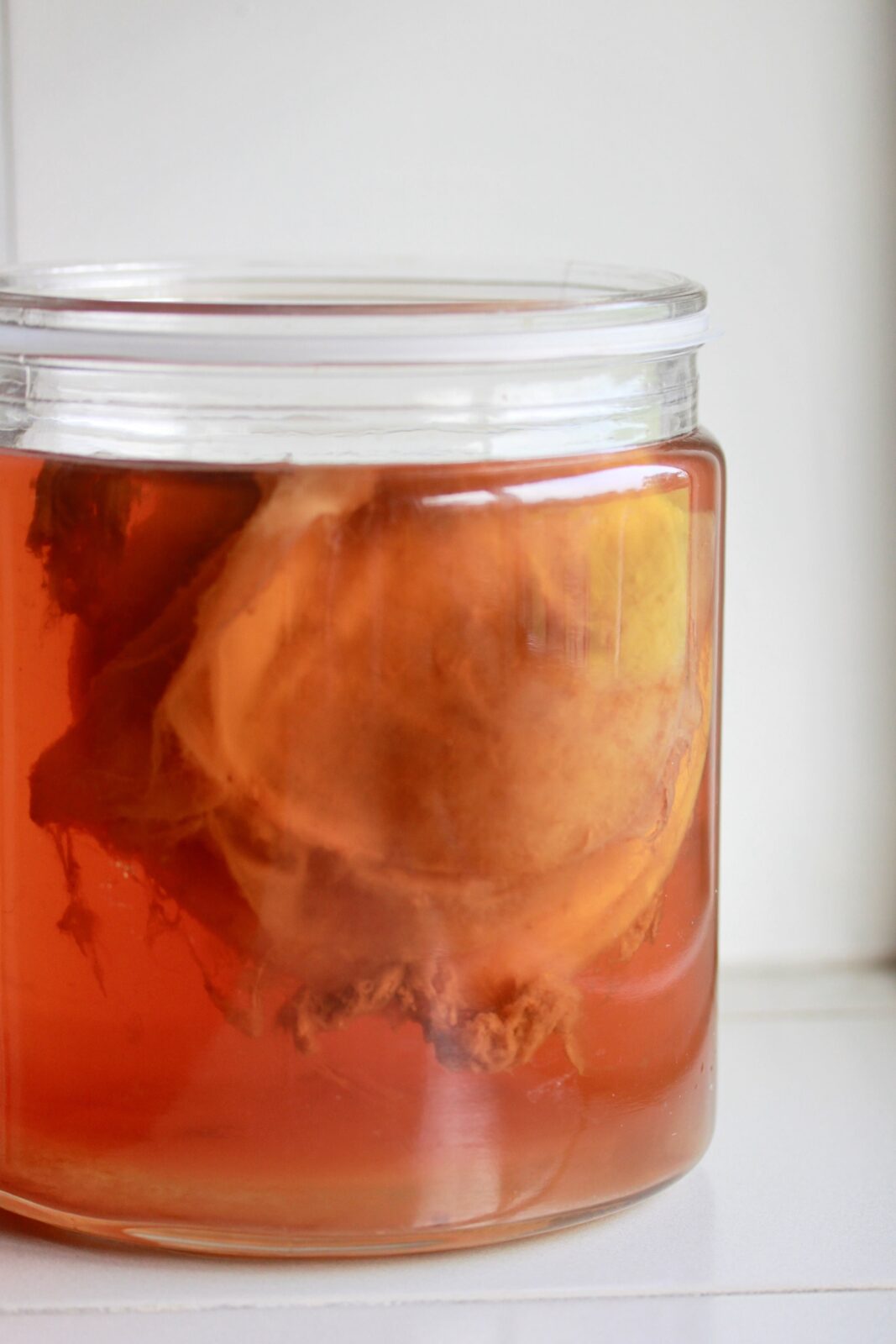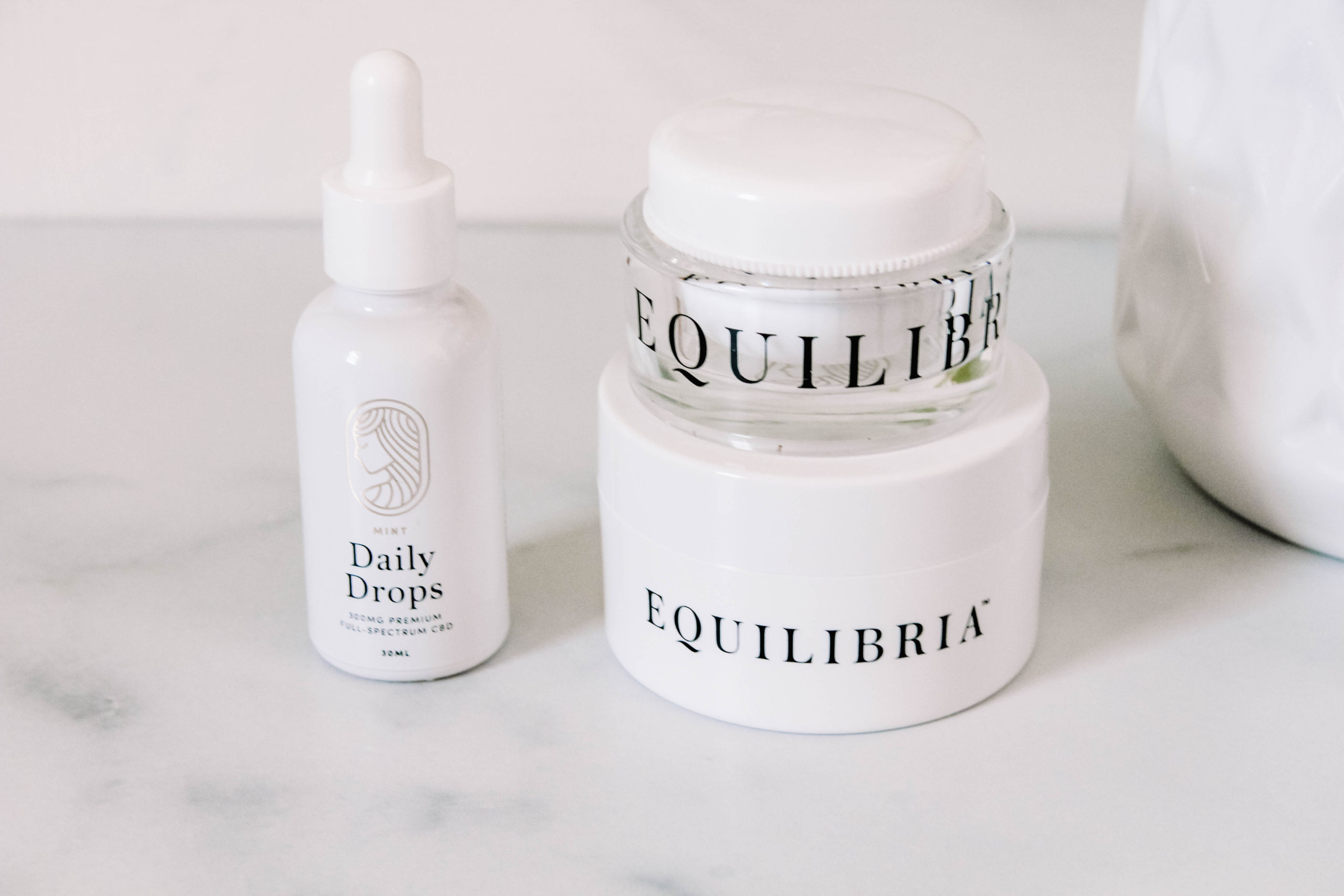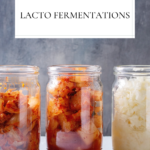Last updated on May 2nd, 2023 at 04:14 pm
Lacto fermentation, more commonly known as cultured foods, is a staple enjoyed worldwide for centuries and has many associated health benefits. Lacto fermentation is uncomplicated and easy to incorporate in any home kitchen or real food diet.
Dairy products, such as yogurt and some cheeses, are simply the result of culturing milk. While miso is fermented soybean paste, and kombucha is a fermented tea. Some vegetable varieties such as kimchi, live pickles, and sauerkraut are all examples of familiar cultured or fermented foods.

What is lacto fermentation?
Foods are fermented when the lactobacilli bacteria convert sugars and starches into lactic acid. Generating lactic acid aids in the natural preservation of whatever is culturing. The result is increased nutritional value. This whole lacto fermentation process also makes foods easier on the digestive system.
Health benefits of lacto fermented foods
Fermented foods are healthy and beneficial for everyone. Because it contains a very high concentration of probiotics, it is especially beneficial for those whole tend to have digestive distress and other digestive issues. These fabulous cultured foods may also be very helpful in balancing blood sugar, losing weight, and strengthening the immune system. We know now that around 80% of immune cells are in the digestive tract, so consuming healthy amounts of cultured foods can make you less prone to illnesses. In our home, we try adding at least one serving of lacto fermented foods daily.
How does lacto fermentation work?
Some people don’t like the idea of lacto fermentation or fermented foods. They fret and worry that they will end up sick if they mess it up when making it. But, the thing is, fermentation is generally very safe. In fact, it is much safer than many other processed food preparations. Lactic acid bacteria, naturally occurring on all vegetables, increase after harvest. When you submerge these vegetables under their own juices and filtered water, the bacteria will perform the fermentation process. Moreover, harmful bacteria cannot survive in this acidic environment, so the lactic acid bacteria thrive in the ferment while crowding out the harmful bacteria.

It is important to know that, sadly, most of the pickles, sauerkraut, and many yogurt brands found in the supermarket and grocery stores aren’t true lacto fermentations. These counterfeit products sometimes contain only vinegar, some sugar, and food coloring. They also go through the pasteurization process, which kills off all the beneficial enzymes. So, from a health perspective, these products don’t have the same health benefits as proper lacto fermented foods. It is best to seek out versions of these foods made in small batches that use “live cultures.” You can also make your own at home, which is not as scary or intimidating as it might seem.
The bacterial composition of ferments changes over time, with different types of lactic acid bacteria developing and decreasing. Eating the lacto fermentation over a more extended period exposes you to various beneficial bacteria.
My favorite lacto fermentation resources
Nourishing Traditions is one of my all-time favorite books and an excellent resource. It does a beautiful job of answering all the frequently asked questions about lacto-fermentation. Another fantastic resource is Wild Fermentation and The Art of Fermentation by Sandor Katz.
Hopefully, this information will help boost your confidence to experiment with lacto fermentation in your home kitchen while reaping all the health benefits.
Read more: “Simple Steps To Navigate The Grocery Store.”
Disclaimer: This post is not intended to provide medical advice, diagnosis, or treatment and is for educational purposes only.





+ view comments